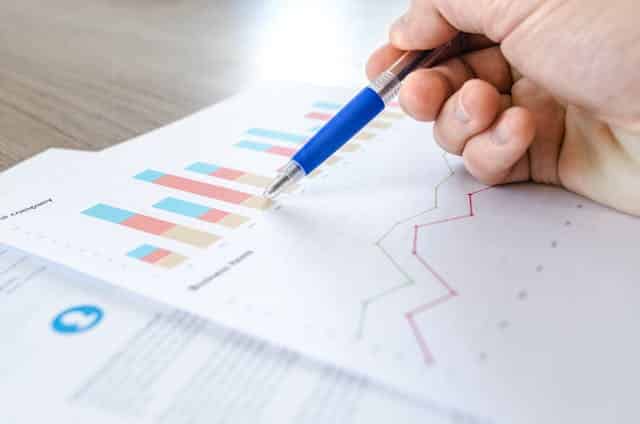Wouldn’t you like to know what’s going to happen in the future to help your business make better decisions today? While no one can predict the future with 100% accuracy, predictive analytics can help you to get close! With the help of AI and predictive analytics and predictive analytics tools, it’s possible to make data-driven decisions today to set your business up for improved success tomorrow.
We’re going to cover all you need to know to see what there is to gain by putting predictive analytics techniques in practice.

What is Predictive Analytics?
Predictive analytics refers to the use of data, machine learning, and algorithms to forecast the likelihood of future outcomes based on historical data. The models use current and historical data patterns to determine the likelihood that the same patterns will repeat.
While predictive analytics isn’t necessarily a new practice, it has evolved at the hands of technological innovation and expansion of artificial intelligence capabilities.
Due to the growing volume and availability of data, more reliable computational systems, and intuitive software, more companies are able to leverage the benefits of predictive analytics models.
As a result, companies can optimize operations, make smart decisions regarding investments, and move forward with greater confidence.
How Does Predictive Analytics Work with AI?
Predictive analytics happens all over the place- and in many applications that you’re already used to. For example, weather forecasts, investment portfolio strategies, and even translating voice to text all rely on predictive analytics at work.
In the simplest of terms, here’s the flow of what enables predictive analytics to function:
1. Data Collection and Preparation
The process begins with collecting data from various sources. It can include customer interactions, sales figures, or anything else that can be transformed into insights. All data must be cleansed, organized, and structured for use. While some businesses do so manually, which is time-consuming and error-prone, most are leveraging data tools to tackle this step automatically.
2. Model Building and Pattern Recognition
Algorithms, statistics, machine learning and models are all applied to available data.
Through the aforementioned functions, the software is able to recognize patterns based on a predictive model. The model gets fed historical data in order to learn.
3. Model Validation
Once the model’s training is complete, it’s time to test its effectiveness. To evaluate its performance, the model’s outcome is compared to that of another dataset.
4. Predictions
If and when the model has been validated, it can begin making predictions. Predictive analytics assigns the likelihood of different scenarios playing out for future outcomes and behaviors based on the analyzed patterns.
Predictive analytics models require data analysts or scientists to first identify a problem or question. With the problem statement clearly ready to go, it’s time to organize and cleanse data for application within the model. One of the most challenging aspects of preparing data for predictive analytics is that data comes from so many different sources, which means that it will first have to be formatted and standardized for analysis. Processing can take time, especially when performed manually or across spreadsheets.
5. Continuous Improvement
AI is designed to adapt and learn with the influx of new data. As a result, accuracy can continue to increase over time.
While all of these steps can be performed by hand, it would require a skilled analyst, complex calculations, and disparate spreadsheets. Another option is to use Conversational AI software. With Conversational AI, users can speak into software to capture voice data, and automatically connect formatted and structured data for immediate application. Then, this data can be applied to predictive analytics to provide insights as an outcome.
Types of Predictive Analytical Models
There are two main types of prescriptive analytical models, both of which work with machine learning.
- Classification Model: This model separates data into categorical classes, or discrete values. It works for data that is binary.
- Regression Model: Regression models deal with data that has continuous real values, rather than discrete values. Regression models will provide quantifiable outcomes, so it also requires that a margin of error be reported with the prediction.
Uses of Predictive Analytics
Predictive analytics is useful in every industry! Every industry collects data and has a pressing number of decisions to make that have a grand impact on their bottom line.
Here’s a look at some uses of predictive analytics across sectors:
Manufacturing
In manufacturing, one of the most common challenges is protecting machinery and equipment. Machinery maintenance is not only costly, but it is also critical for companies to continue their operations. Predictive analytics paves the way for predictive maintenance, meaning that the algorithms can use historical data to closely predict when machinery may malfunction or be in need of attention before issues arise. This prevents downtime and can lengthen the life of equipment.
Supply Chain Management
Forecasting demand is complex as there are so many moving variables. Predictive analytics can assess all the changing variables to closely forecast what can be expected by leveraging past and current trends, economic forecasts, and market intelligence.
Healthcare
In an industry that deals with life and death, being able to accurately predict what’s yet to come can be truly life-changing. Predictive analytics in healthcare is assisting with quicker diagnosis, more informed clinical research, drug development and discovery, and disease outbreak predictions, to name a few use cases.

Benefits of Predictive Analytics
AI predictive analytics deliver a long list of benefits to businesses of all sizes, including:
- Improved Decision-Making: Say goodbye to guesswork, as predictive analytics is data-driven, so you can make informed decisions in real-time.
- Increased Efficiency: Predictive analytics helps to increase efficiency by decreasing waste, costs, and potential issues early on.
- Reduced Risk: Businesses face endless risks, and being able to plan, prepare, and even prevent risk can be incredibly valuable. With predictive analytics, risk reduction teams can make the best decisions and have more information surrounding a choice in order to move forward with greater confidence, even in scenarios that may otherwise feel uncertain.
- Enhanced Profitability: When you’re able to better understand customer demand, desires, and behaviors, sales and marketing teams can operate at a higher level. In turn, this can lead to boosted sales, and thus, higher profits.
- Less Fraud: A major application for predictive analytics is fraud detection, which is conducted by recognizing behavioral patterns. If an anomaly is detected, businesses can investigate in real-time to stop any fraudulent actions.
The Bottom Line
Predictive analytics supports businesses in being able to increase accuracy, efficiency, and better prepare for the future. Ultimately, your business is collecting and ingesting a massive amount of data on a daily basis, but it is only as useful as you make it out to be. With predictive analytics tools, it’s possible to glean useful insights for better decision-making, productivity, and successful outcomes.


